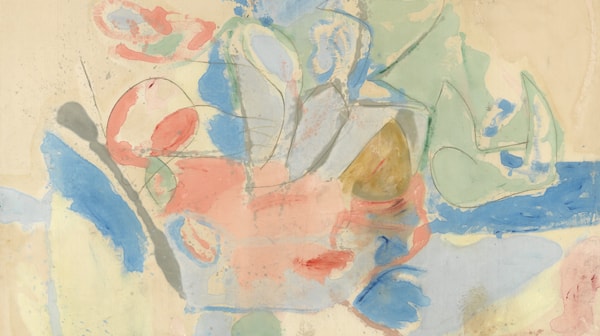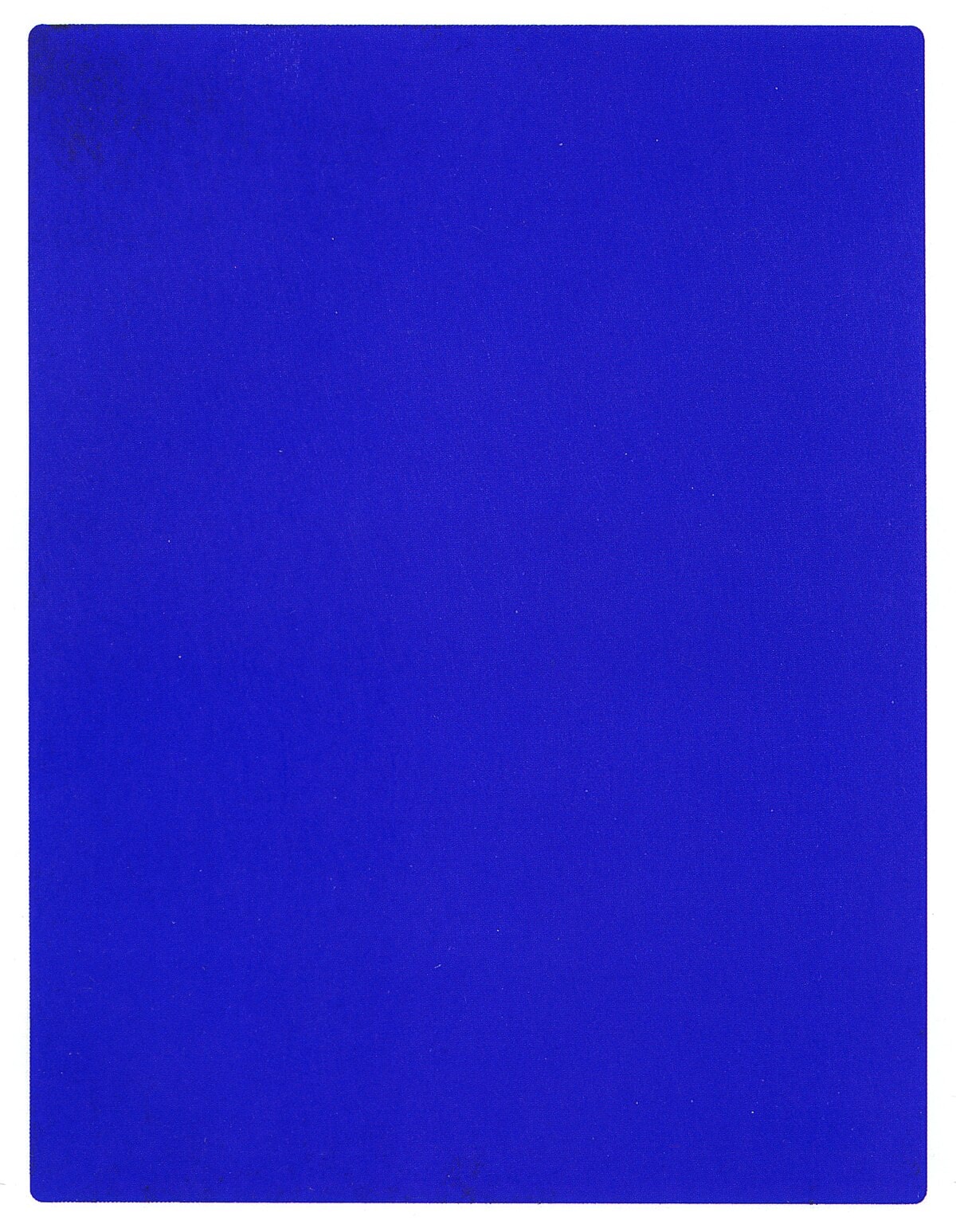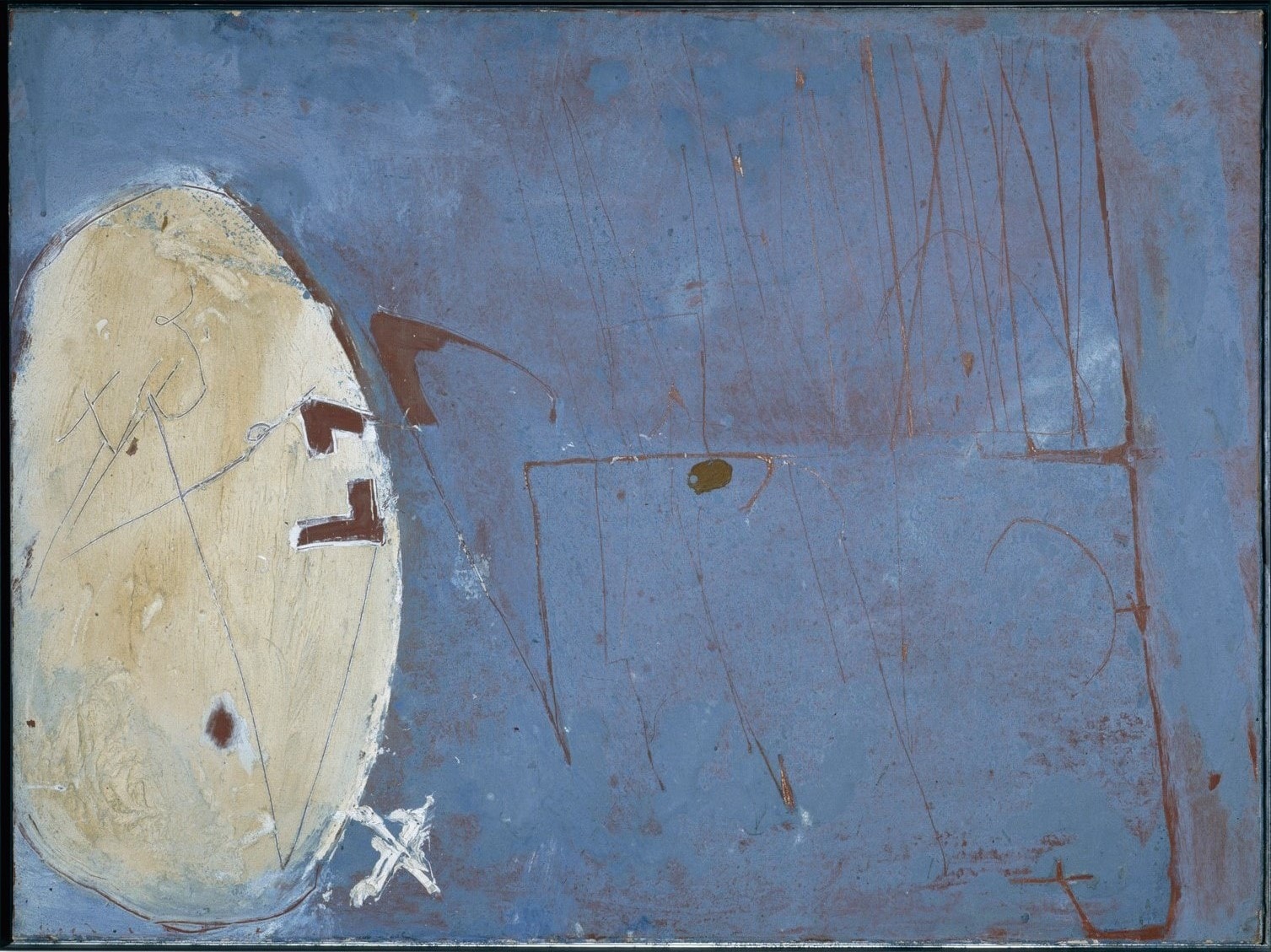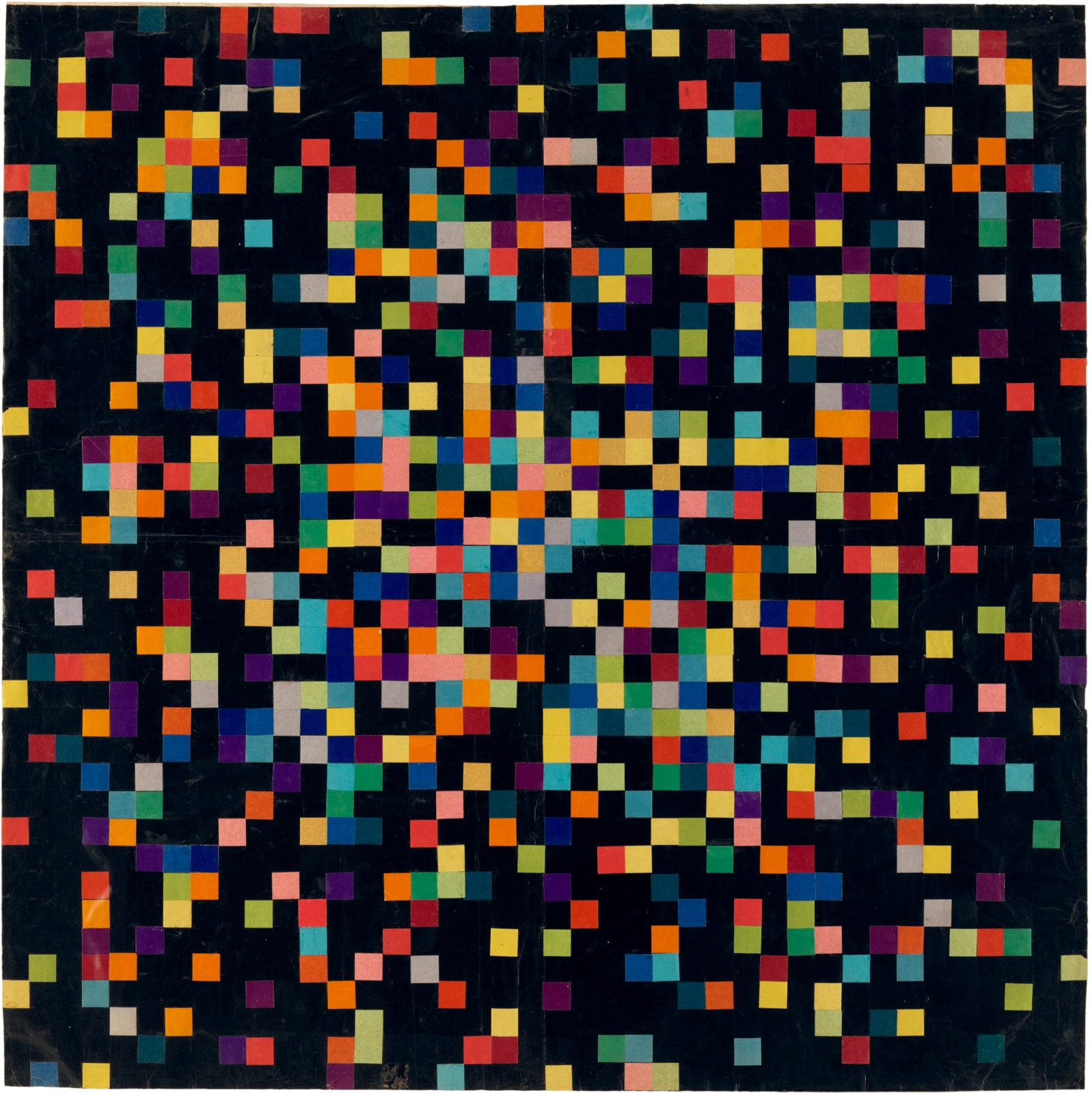Abstract art has reshaped the art world, offering a versatile art genre that invites both creators and viewers to explore beyond the boundaries of objective reality. Defined by its departure from accurately depicting the physical world, abstract art focuses on conveying human emotion, artistic freedom, and conceptual depth. Featuring vibrant colors, geometric shapes, and expressive forms, this genre evokes a deep emotional response, making it a cornerstone of modern art and contemporary art. From the first abstract watercolor to iconic abstract paintings created by the most famous abstract painters, this artistic revolution broke away from traditional realism, transforming the very essence of art. Abstract art’s emergence as a versatile art genre reflects artists' desire to move beyond visual references, producing art that delves into human emotions and subjective experiences. The origins of abstract art can be traced back to the late 19th and early 20th centuries, during a time of societal transformation and artistic experimentation. Early movements such as Cubism, Expressionism, and Surrealism heavily influenced the evolution of abstraction. These movements rejected the confines of realism and celebrated creative freedom. Artists like Wassily Kandinsky, the famous artist who produced the first abstract watercolor, sought to use art as a medium for spiritual and emotional expression. His approach, inspired by musical compositions, marked a significant turning point in art history, moving art into the realm of pure abstraction. |
|
Famous Abstract Arts and The Stories Behind Them |
| Abstract art is a genre that diverges from realistic representation, focusing on form, colour, and texture to evoke emotion and provoke thought. Unlike traditional art, which relies on accurate depiction, abstract artworks challenge the viewer’s perception, encouraging a personal interpretation of the piece. This genre gained popularity because it addressed the post-war anxiety and shifting cultural landscapes of the 20th century. Abstract art became a defining feature of modern interiors and contemporary art through Jackson Pollock's drip technique and Piet Mondrian's use of primary colors. It is a testament to artists' thoughts, pushing the boundaries of creativity and exploring the abstract elements of human emotions. |
|
1. Wassily Kandinsky (1866–1944) |
 Source SourceKnown as the "father of abstract art," Kandinsky revolutionised the art world by using art to evoke emotions akin to music. - Biography: Born in Russia, Kandinsky’s artistic philosophy combined spirituality and aesthetics. He believed that art should speak directly to the soul, using colours as a language.
- Masterpiece: Composition VII (1913) is one of the most famous abstract paintings. It is characterised by swirling shapes and vibrant colors that reflect a symphony of emotions.
- Significance: Kandinsky’s works transformed painting into an emotional and intellectual dialogue, making him one of the most famous abstract painters.
|
|
2. Piet Mondrian (1872–1944) |
 Source Mondrian’s signature style redefined abstraction, focusing on primary colors and geometric precision. - Biography: As a Dutch artist, Mondrian’s journey from landscapes to pure abstraction marked his evolution into one of the famous abstract painters of the 20th century.
- Masterpiece: Composition with Red, Blue, and Yellow (1930) uses straight lines and blocks of colour to explore harmony and balance.
- Significance: His work heavily influenced the modern interiors of the mid-20th century, becoming iconic symbols of simplicity and order.
|
|
3. Kazimir Malevich (1879–1935) |
 Source Malevich's contributions to abstract artwork include some of the boldest experiments in abstraction. - Biography: A Ukrainian artist, Malevich founded Suprematism, a movement focused on basic geometric forms.
- Masterpiece: Black Square (1915), a black square on a white background, was a revolutionary piece that rejected traditional aesthetics.
- Significance: This famous painting represents a moment when art became a form of conceptual thought, free from representation.
|
|
4. Jackson Pollock (1912–1956) |
 Source Pollock’s drip technique transformed American art and cemented his legacy as a leader of the Abstract Expressionist movement. - Biography: An American painter, Pollock captured the post-war zeitgeist with his innovative painting techniques.
- Masterpiece: Convergence (1952) is an energetic and chaotic work reflecting the post-war anxiety tension.
- Significance: Pollock’s works are celebrated for their ability to evoke human emotion through movement and texture.
|
|
5. Mark Rothko (1903–1970) |
 Source Rothko’s colour field paintings defined the Abstract Expressionist style. - Biography: A Latvian-born American painter, Rothko's art focuses on large blocks of colour to evoke a deep emotional response.
- Masterpiece: Orange, Red, Yellow (1961) demonstrates his use of thinned paint to create luminous layers.
- Significance: His works have become staples in galleries like the Guggenheim Museum and are cherished by private collectors for their meditative qualities.
|
|
6. Helen Frankenthaler (1928–2011) |
 Source Frankenthaler pioneered the stain painting technique, influencing post-war art. - Biography: An American artist, she blended spontaneity and control in her abstract works.
- Masterpiece: Mountains and Sea (1952) features fluid forms and translucent layers inspired by landscapes.
- Significance: Her techniques bridged Abstract Expressionism and Colour Field painting
|
|
7. Josef Albers (1888–1976) |
 Source Albers’ exploration of colour theory revolutionised modern art. - Biography: Albers is a German-American artist who studied at the Bauhaus before focusing on abstraction.
- Masterpiece: Homage to the Square (1950) examines the relationships between colours through geometric forms.
- Significance: His work influenced art, design, and education.
|
|
8. Bridget Riley (1931–Present) |
 Source Riley’s optical illusions challenge perception and perspective. - Biography: An English artist, she gained fame for her striking Op Art creations.
- Masterpiece: Movement in Squares (1961) uses geometric patterns to create visual tension and dynamism.
- Significance: Her work demonstrates the power of abstraction in engaging the viewer’s senses.
|
|
9. Hilma af Klint (1862–1944) |
 Source A pioneer of spiritual abstraction, af Klint explored the mystical through her art. - Biography: A Swedish artist, she created abstract works long before the movement gained recognition.
- Masterpiece: The Ten Largest (1907) reflects her interest in spiritualism and symbolism.
- Significance: Her work has recently gained recognition as a precursor to modern abstraction.
|
|
10. Lee Krasner (1908–1984) |
 Source Krasner’s works bridge Cubism and Abstract Expressionism. - Biography: An influential American artist, she often reworked her paintings to achieve dynamic compositions.
- Masterpiece: The Seasons (1957) embodies her evolution as a bold and experimental artist.
- Significance: Krasner’s contributions have gained increasing recognition in recent years.
|
|
11. Gerhard Richter (1932–Present) |
 Source Richter blends abstraction and realism with remarkable skill. - Biography: A German painter, Richter experiments with diverse styles and techniques.
- Masterpiece: Abstract Painting (726) (1990) showcases his innovative approach to abstraction.
- Significance: His works challenge the boundaries of artistic genres.
|
|
12. Zao Wou-Ki (1920–2013) |
 Source Zao’s art bridges Eastern and Western traditions. - Biography: Born in China, Zao studied in Paris and became a prominent abstract artist.
- Masterpiece: Hommage à Claude Monet (1991) reflects his fusion of cultural influences.
- Significance: His works are celebrated for their lyrical and poetic qualities.
|
|
13. Joan Miró (1893–1983) |
 Source - Biography: Joan Miró was a Catalan artist who was celebrated for his unique fusion of Surrealism and abstract art. Born in Barcelona, Miró studied business but soon turned to art, where he developed his distinctive style that combined bold colours, whimsical shapes, and dreamlike imagery.
- Work and Significance: The Tilled Field (1923–24) is one of Miró's most significant works, reflecting his connection to his Catalan roots. The painting is a surreal abstraction of a rural landscape, blending symbolic elements with fantastical forms. Its fragmented composition and vivid palette highlight Miró’s innovative approach, bridging abstraction and Surrealism.
- Historical Context: Created during Miró’s transition to abstraction, the work represents his exploration of subconscious imagery.
|
|
14. Robert Delaunay (1885–1941) |
 Source - Biography: A French artist and co-founder of Orphism, Robert Delaunay explored the interplay of colour and light in abstraction. He pioneered merging Cubist principles with vibrant hues, creating dynamic visual compositions.
- Work and Significance: Simultaneous Windows (1912) exemplifies Delaunay’s fascination with light and transparency. The painting uses overlapping rectangles of colour to depict light refracting through windows, capturing movement and energy.
- Historical Context: This work was part of Delaunay’s exploration of how colour could convey rhythm and spatial depth, a significant departure from traditional representational art.
|
|
15. Paul Klee (1879–1940) |
 Source - Biography: Paul Klee, a Swiss-German artist, is known for his imaginative and symbolic abstract works. His art drew from various influences, including music, dreams, and nature.
- Work and Significance: Senecio (1922) is a playful portrait combining abstraction and figurative elements. Using geometric shapes and blocks of colour, Klee evokes a human face with childlike simplicity.
- Historical Context: The piece reflects Klee’s belief in the intersection of visual and emotional expression, making it a cornerstone of his artistic legacy.
|
|
16. Willem de Kooning (1904–1997) |
 Source Biography - Dutch-American artist born in Rotterdam, Netherlands.
- Emigrated to the U.S. in 1926, becoming a key figure in the New York School of Abstract Expressionism.
- Known for blending abstraction with figuration, often exploring themes of modernity and human emotion.
Work and Significance: Woman I (1950–1952)- Visual Details: Combines distorted female forms with aggressive brushstrokes and vibrant colours.
- Technique: Used scraping, reworking, and layering paint to create a chaotic, textured surface.
- Themes: Explores femininity, sexuality, and power, challenging societal norms of the time.
- Historical Importance: Reintroduced the human figure into a movement dominated by pure abstraction, bridging abstraction and representation.
- Legacy: Positioned as a defining piece of the American Abstract Expressionist movement, now housed at the Museum of Modern Art (MoMA) in New York.
|
|
17. Yves Klein (1928–1962) |
 Source - Biography: Yves Klein was a French artist best known for his monochromatic works and the invention of International Klein Blue (IKB), a vibrant ultramarine colour.
- Work and Significance: IKB 191 (International Klein Blue) (1957) is an iconic monochrome painting that emphasises colour as the sole subject of art. Klein’s use of IKB creates a sense of infinity and depth.
- Historical Context: This work redefined the boundaries of abstraction by eliminating form and focusing entirely on colour.
|
|
18. Antoni Tàpies (1923–2012) |
 Source - Biography: A Spanish painter and sculptor, Antoni Tàpies was known for his textured, abstract works incorporating unconventional materials.
- Work and Significance: Blau 1 (1955) is a minimalist painting that blends abstraction with tactile elements, evoking a meditative quality.
- Historical Context: This work reflects Tàpies' interest in materiality and symbolism, making him a pivotal figure in post-war abstraction.
|
|
19. Ellsworth Kelly (1923–2015) |
 Source - Biography: An American artist, Ellsworth Kelly was known for his minimalist approach and bold use of colour and shape.
- Work and Significance: Spectrum Colors Arranged by Chance (1951) explores the interplay of colour and randomness. By arranging coloured squares in an apparently random sequence, Kelly created harmony out of chance.
- Historical Context: This piece exemplifies Kelly’s commitment to abstraction and influence on the minimalist movement.
|
|
20.Robert Motherwell (1915 - 1991) |
 Source - Biography: A leading figure in the New York School, Motherwell’s work often incorporated themes of politics and emotion.
- Work and Significance: Elegy to the Spanish Republic No. 34 (1953) features bold black ovals and bars, symbolising the tragedy of the Spanish Civil War.
- Historical Context: This piece is part of a series that reflects Motherwell’s response to the Spanish Civil War and his interest in the human condition.
|
|
21. Barnett Newman (1905–1970) |
 Source - Biography: An Abstract Expressionist, Barnett Newman was known for his colour field paintings and minimalistic compositions.
- Work and Significance: Vir Heroicus Sublimis (1951) is a large painting dominated by red, with thin vertical lines breaking the colour field. It conveys a sense of grandeur and human aspiration.
- Historical Context: Newman’s work reflects the existential themes of the post-war anxiety period.
|
|
22. Hans Hofmann (1880–1966) |
 Source - Biography: Hans Hofmann was a German-born artist who played a pivotal role in developing Abstract Expressionism.
- Work and Significance: The Gate (1959) features bold blocks of colour and dynamic brushstrokes, embodying Hofmann’s push-pull theory of spatial relationships.
- Historical Context: This piece reflects Hofmann’s influence on the American Abstract Expressionist movement.
|
|
23. Cy Twombly (1928–2011) |
 Source - Biography: Cy Twombly was an American artist known for his gestural and symbolic paintings.
- Work and Significance: Untitled (Bolsena) (1969) features looping lines and scribbles that evoke the complexity of thought and emotion.
- Historical Context: Twombly’s works blur the lines between abstraction and personal narrative.
|
|
24. Theo van Doesburg (1883–1931) |
 Source - Biography: A Dutch artist and founder of De Stijl, van Doesburg pioneered geometric shapes in abstraction.
- Work and Significance: Counter-Composition V (1924) showcases his precision and use of diagonal lines to create balance and movement.
- Historical Context: This work embodies the principles of De Stijl, focusing on order and harmony.
25. Chu Teh-Chun (1920 - 2014) Source - Biography: Chu Teh-Chun was a Chinese-French painter known for combining traditional Chinese techniques with Western abstraction.
- Work and Significance: Evocation Hivernale A (1984) is a poetic abstraction that reflects Chu’s mastery of colour and brushwork.
- Historical Context: His works bridge cultural divides, blending Eastern and Western artistic traditions.
|
Conclusion |
Abstract art inspires creativity, offering timeless works that transcend traditional boundaries. These 25 artists and their masterpieces demonstrate the genre’s versatility, cultural significance, and emotional depth. Whether through pure abstraction, geometric shapes, or bold painting techniques, abstract art challenges us to see the world through new lenses. Explore more about abstract art and browse stunning artwork in our canvas collection. Visit Mint Super Art for a curated selection of modern and contemporary masterpieces. |
 Source
Source
























